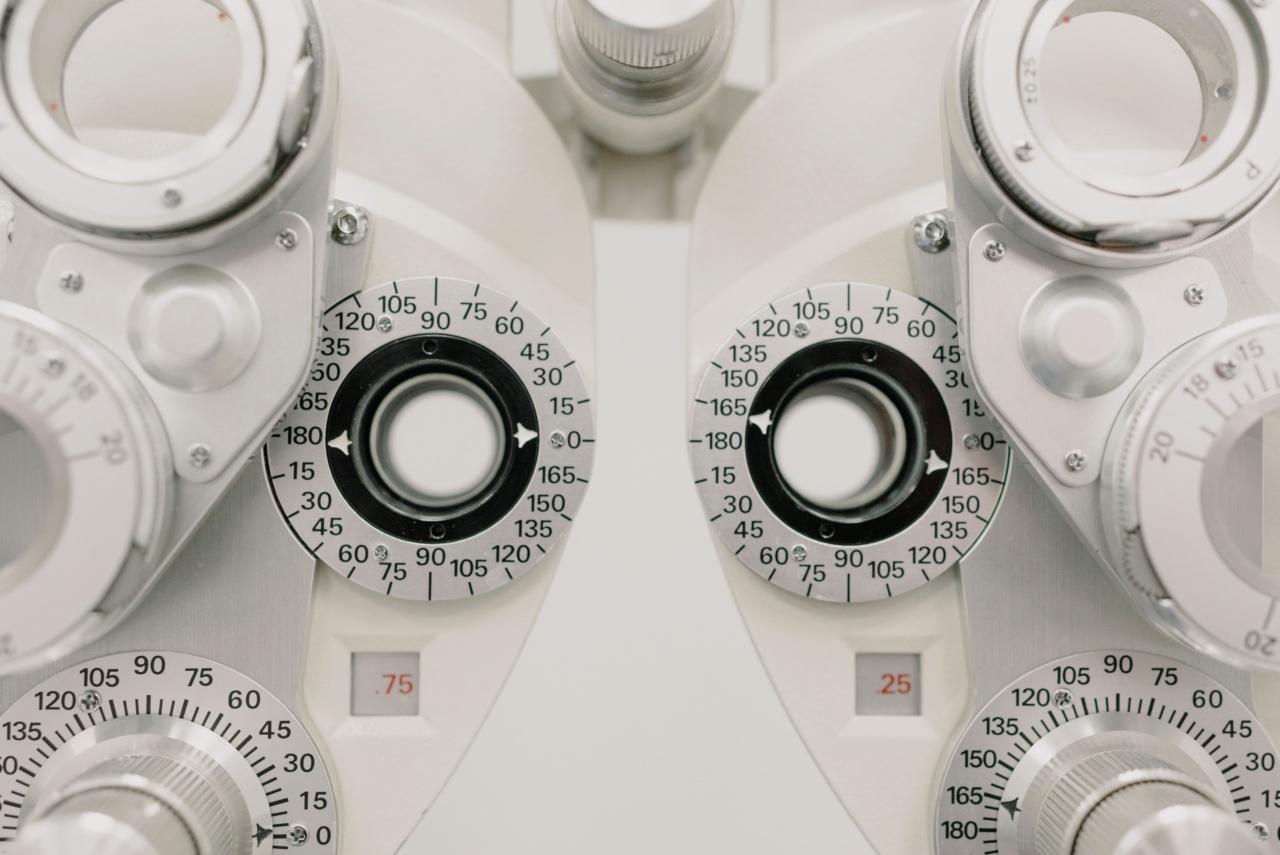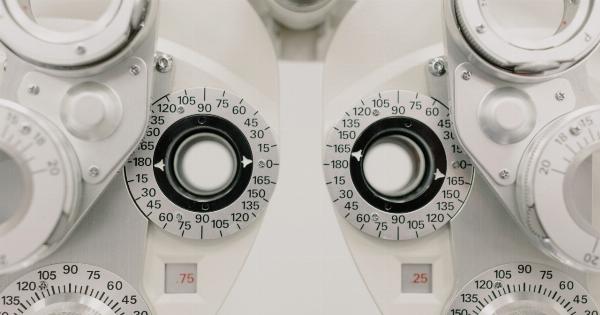Imagine being able to see with perfect clarity without the need for glasses or contacts. Thanks to the bionic lens, this dream can now be a reality.
This revolutionary invention promises to completely eliminate the need for eyewear, offering pristine vision that is far superior to anything we have seen before.
The Science behind the Bionic Lens
The bionic lens is the brainchild of optometrist Dr. Garth Webb, who has been working on the invention for over eight years. The lens is a breakthrough for those who rely on glasses or contacts, as it promises to give them better than 20/20 vision.
The lens is implanted directly into the eye, replacing the natural lens. While traditional intraocular lenses are designed to restore sight, the bionic lens goes a step further.
It amplifies vision, giving patients a whole new level of clarity, sharpness, and range of focus.
Why the Bionic Lens is Revolutionary
The bionic lens is a massive breakthrough in the field of optometry because it offers a solution that has never been seen before.
Unlike other treatments that may only correct one particular problem, the bionic lens offers a comprehensive solution to a range of vision problems.
Plus, unlike contacts and glasses that can be lost, damaged, or misplaced, the bionic lens is permanent, which means that patients no longer have to worry about managing their eyewear or keeping track of prescriptions.
Instead, they can enjoy perfect vision 24/7 and experience a level of freedom and flexibility that they never thought possible.
How the Bionic Lens Works
The bionic lens works by using a small micro-optic lens that is folded into a sheath, which is then inserted into the eye using a syringe. Once inside the eye, the lens unfolds itself and moves into place, effectively replacing the natural lens.
Because the lens is adjustable, patients may be able to fine-tune their vision and tweak it over time, giving them complete control over how they see.
This is particularly useful for those who suffer from conditions such as presbyopia, which can make it difficult to read text, or those who have trouble seeing objects at a distance, such as in cases of myopia or hyperopia.
The Benefits of the Bionic Lens
Aside from offering perfect vision, the bionic lens boasts a number of additional benefits that make it an incredibly attractive option for those who are seeking an alternative to glasses or contacts.
One of the most significant advantages of the bionic lens is that it is completely safe and has a negligible risk of complications or side effects.
Unlike surgical procedures such as LASIK, which can be risky and involve a lengthy recovery time, the bionic lens is minimally invasive and boasts a fast healing period.
Additionally, the bionic lens is much more durable than traditional eyewear, which means that patients can enjoy their new vision without worrying about scratching, breaking or losing their glasses or contacts.
The Future of Optometry
The bionic lens is a game-changer in the field of optometry and holds the promise of completely transforming the way that we think about eyewear.
With its advanced technology, the bionic lens could revolutionize the way that we approach visual problems, offering a safe, quick, and permanent solution to a range of issues.
While the bionic lens is still in the development stage, it is already generating a significant amount of interest, and there is no doubt that this revolutionary invention will have a major impact on the world of optometry in the years to come.
Final Thoughts
The bionic lens is an incredible invention that has the potential to change the lives of millions of people around the world.
With its exceptional clarity, superior range of focus, and unparalleled durability, this revolutionary device offers a solution that is truly life-changing.
As scientists and innovators continue to push the limits of what is possible, there is no telling what kind of breakthroughs we may see in the years to come.
But one thing is certain: the bionic lens is a game-changer that heralds a new era for optometry, paving the way for new advancements and solutions to visual problems that we have yet to envision.






























